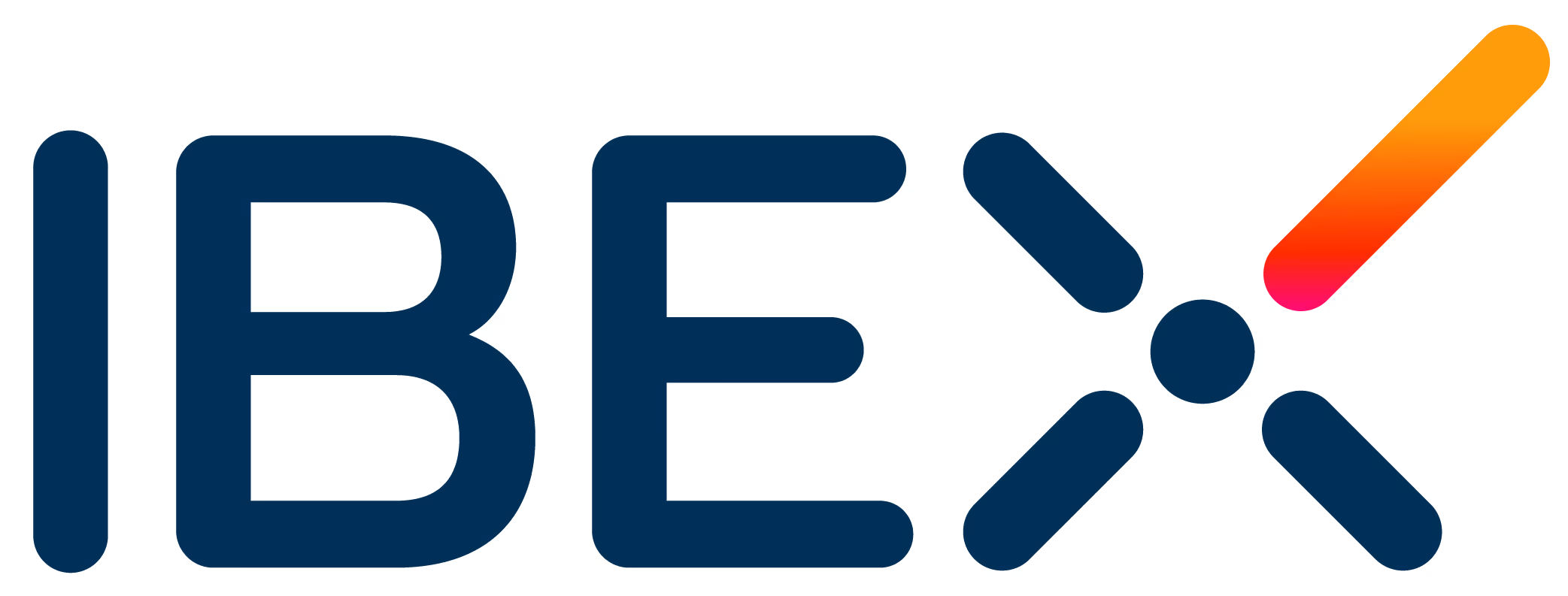With youfrom startto scale
DTC is a team of investors, technologists, and operators working with people building foundational technologies.
We invest early and stay committed, offering our portfolio companies deep domain expertise, operational know-how, and real customer connections.
Frequently Asked Questions
Dell Tech Capital (DTC) is the venture investment team of Dell Technologies. We invest in the early-stage companies that are building what’s next in enterprise tech across the U.S., Israel, and Europe. Since coming together in 2012, we’ve put more than $1.8B to work.
As a team, we go beyond just the financial investment to offer market fit & pricing analysis, deck reviews, sales leadership coaching, pipeline benchmarking, media relations and announcement support, and direct customer introductions.
We are a financial returns-driven VC practice with returns performance that is consistently in the 95th percentile when compared against early-stage venture investment firms. We also have the great fortune to be connected to one of the most notable technology platforms in the world: Dell Technologies. Being a part of Dell Technologies gives us the potential to access F1000 customers, world-class technologists, and partnerships to help drive human progress through enterprise technology innovation.
We lead early-stage investment rounds and typically make our first investment in a company in the Seed or Series A. We take board seats and endeavor to stay engaged all the way through an exit. We invest across the U.S., Israel, and Europe. Core investment areas include cybersecurity, AI/ML, edge & logistics, data & analytics, developer tools, infrastructure, and silicon.
We look for leadership teams that are subject matter experts and who demonstrate deep customer empathy. They are the folks who lean into challenging technical problems that exist now and the ones that will emerge as macro shifts such as cloud, occur. The founders we invest in introduce industry-leading technologies and define entire categories.
Since the team’s inception in 2012, we’ve invested more than $1.7B in enterprise tech companies. Our returns performance is consistently in the 95th percentile as compared to financial VCs. Nine of our investments have gone on to IPO, and more than 85 of them have been acquired. Notable exited IPOs and acquisitions include Arista Networks, DocuSign, Humio, JFrog, MongoDB, RedLock, Xometry, and Zscaler.
We are a team of seasoned operations and sales leaders who are dedicated to helping our portfolio companies achieve their maximum potential. Our focus is on enabling our early-stage companies to hit their growth targets and build highly effective go-to-market (GTM) teams and strategies.
We provide 360-degree GTM support, including product market fit & pricing analysis, deck reviews, sales leadership coaching, pipeline benchmarking, and direct customer introductions. There is no one-size-fits-all approach to growth. Our team spends time getting to know each portfolio company on a personal level. We dive into your positioning, target customer persona(s), pricing, and competition to help you identify the best routes to market and ways to scale your business effectively.
With access to over 98% of the F500 ecosystem, the portfolio development team connects portfolio companies with potential enterprise-scale customers via in-person executive briefings, virtual pitch sessions, and through events such as topical dinners and casual happy hours that take place alongside prominent industry conferences. We continually host events throughout the year to bring together DTC portfolio companies with industry leaders, keeping them top of mind with the most relevant buyers.
The best way to pitch the DTC investment team is to find the investor or investors that focus on the area you are building in. DMs on LinkedIn are open across the investment team. Or, reach out via email at delltechcapital@dell.com.
We believe in building longterm relationships with founders, innovators, and interesting people. It’s never too early to start a conversation with us.
Datometry joins Snowflake
We invested in Datometry at the onset because the team combined deep technical expertise with persistent focus on a problem that impacts global enterprises. Over the past several years, they’ve proven that grit, determination, and having a singular focus can lead to success. We’re proud to have accompanied Mike and team throughout and can’t wait to see the scale and impact they’ll achieve as a part of Snowflake.


.avif)





.png)






















